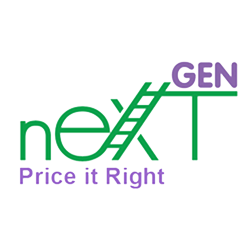Over the years, NextGen has worked with hundreds of owners, some new and some well established. One of the first tasks is the setting of prices. While most are content with Nextgen’s standard prices, others are not or at least are not sure. The principal reason is the presence of nearby competition. They want to be price-competitive.
In this case, NextGen provides them with a method for systematically sampling items on competitor racks, and displays( in-store and, most recently, online). Without exception, franchisee or independent, competitor prices are inconsistent relative to current retail. This traces primarily to the use of a limited number of category-brand price brackets rendering some prices relatively high and some relatively low, and secondarily to the fact that significant properties of the items are ignored, e.g. composition (cashmere, leather, style… ).
Bottom line, it represents “ball park” pricing, and 1) lost sales associated with over-priced items, and 2) lost revenue loss associated with under-priced items.
How much are you leaving on the table?

